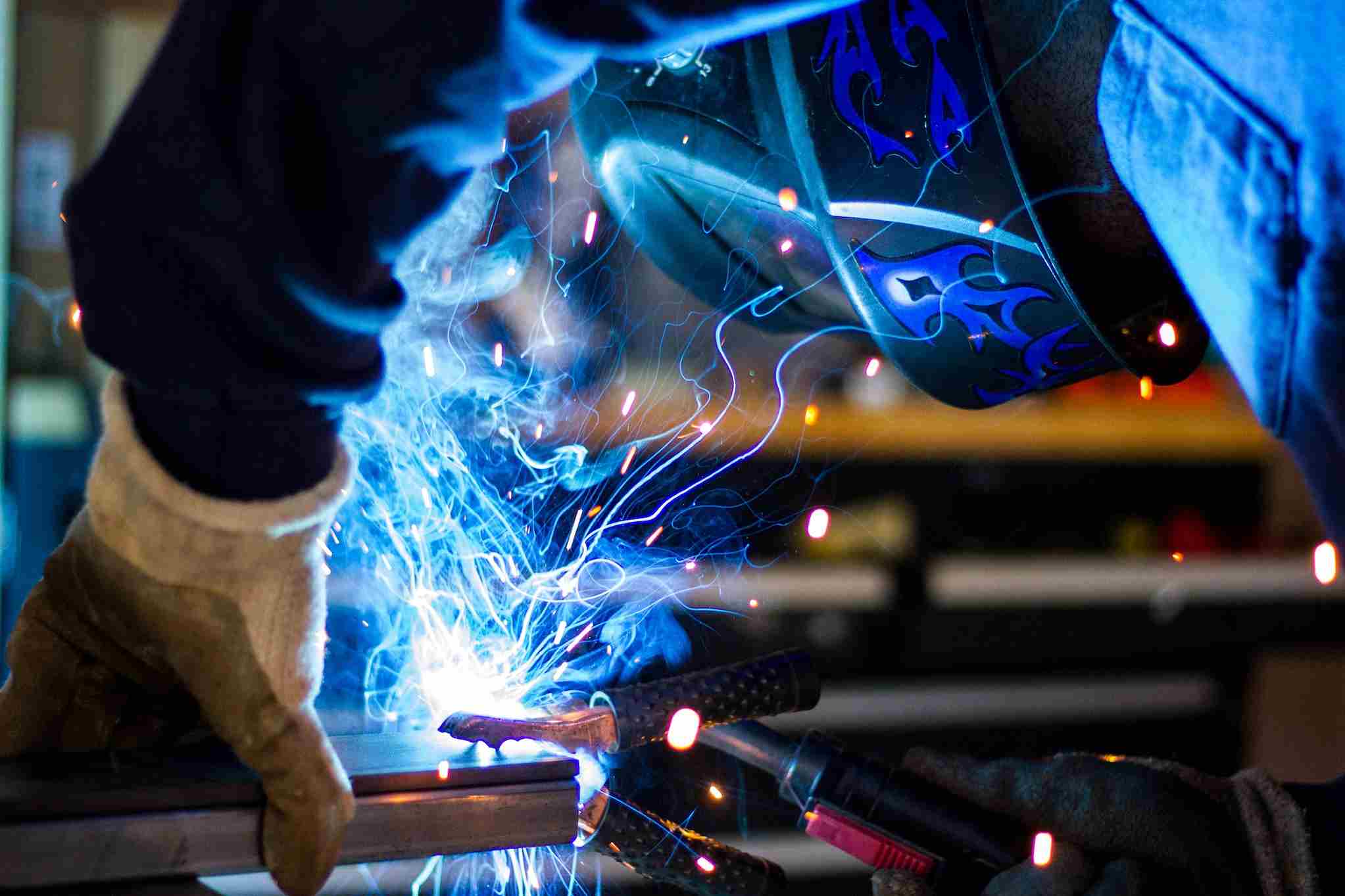

Indonesia is gearing up to become one of the world’s top 10 largest economies by 2030, and the manufacturing industry is at the heart of this development plan. With Indonesia’s manufacturing market size consistently growing in recent years, it has become one of the largest contributors to the country’s accelerated industrialization.
The Making Indonesia 4.0 roadmap was launched in 2018, with the goal of revitalizing Indonesia’s manufacturing industry and leading the region in the Fourth Industrial Revolution (4IR). The plan includes harnessing smart technology solutions to increase productivity and efficiency, which will also allow manufacturers to create better quality products. This blueprint also emphasizes the importance of digitalization in Indonesia’s manufacturing industry.
What steps should the government and other stakeholders take to support the growth of manufacturing in Indonesia? We look at the current landscape of the industry and how it can be reinvigorated as the country gears up for rapid economic development.

The manufacturing industry in Indonesia makes up more than 70% of the economy’s export value. In 2019, it employed more than 18.7 million people, and the government plans to increase this number to 20% of the total workforce by 2024. The categories that employ the most workers are the food manufacturing, textile manufacturing, and wood manufacturing segments, employing 55% of all manufacturing workers.
Indonesia has become the 10th largest manufacturing nation in the world. The industry contributes 20% to the country’s gross domestic product (GDP). Many manufacturers are micro and small and medium-sized enterprises (SME), with most of them located on the island of Java. This gives the manufacturing industry in Indonesia an advantage because of the island’s more developed infrastructure, with major land and seaports accessible to businesses.
A competitive workforce and low labor costs have helped spur the growth of manufacturing in Indonesia. Cost-effective and abundant labor has made the country attractive to foreign investors. The country has also established special economic zones (SEZ) that help manufacturers through administrative incentives, allowing businesses to secure licenses and be granted tax exemptions easily.
As the country rolls out its 4IR roadmap, many digital solutions are needed to support the development of the manufacturing industry in Indonesia. Advanced technologies such as artificial intelligence (AI), robotics, augmented and virtual reality (AR/VR), and the Internet of Things (IoT) will allow manufacturers to increase productivity, improve logistics, and maximize export opportunities.
However, many SMEs that dominate the manufacturing industry in Indonesia will need added support to implement this digital transformation. Through the Indonesia 4.0 roadmap, the government set up the Digital Industry Center 4.0 (PIDI 4.0) that is intended to become a digital manufacturing learning center to help manufacturers develop their supply chains through digitalization.
The continued industrial expansion in the country will also allow for more foreign investments to pour into the manufacturing industry in Indonesia, which can enable further digitalization in areas such as food and beverage, textile, automotive, chemicals, and electronics manufacturing. With the growth of manufacturing driving the country’s rapid economic development, Indonesia must ensure that manufacturers can keep up with global demands in order to maximize opportunities for the industry.

Revolutionizing Finance: An Overview of Digital Lending in Southeast Asia
Digital lending is poised to become the primary revenue driver for digital financial services in Southeast Asia (SEA) by 2025, outpacing digital payments. This growth is fueled by a 33% annual increase in digital lending, supported by technological innovations such as automated loan origination processes and seamless integration of financial services into digital experiences. These advancements have made it easier for consumers to access financing for various needs, including online shopping, travel bookings, and ride-hailing services.

IoT Integration in the SEA Automotive Lubricants Market
The Southeast Asia (SEA) automotive lubricants market is rapidly evolving with the integration of Internet of Things (IoT) technology. This transformation offers significant benefits, creates new opportunities in smart technology, and introduces innovative IoT solutions that can revolutionize the industry.

Embracing Robotization: Challenges and Opportunities in Industry 4.0
Robotization presents challenges and opportunities for businesses and the workforce, requiring companies to embrace this transformation.

Opportunities in the Indonesian Skincare Market
The rapid growth of the Indonesian skincare market presents significant opportunities for the beauty industry. Projections indicate a steady growth trajectory of 4.6% over the next five years, reflecting sustained consumer demand and market expansion. In this article, we will explore the various opportunities that the Indonesian skincare market presents for brands seeking to establish a strong foothold and thrive in this dynamic landscape.